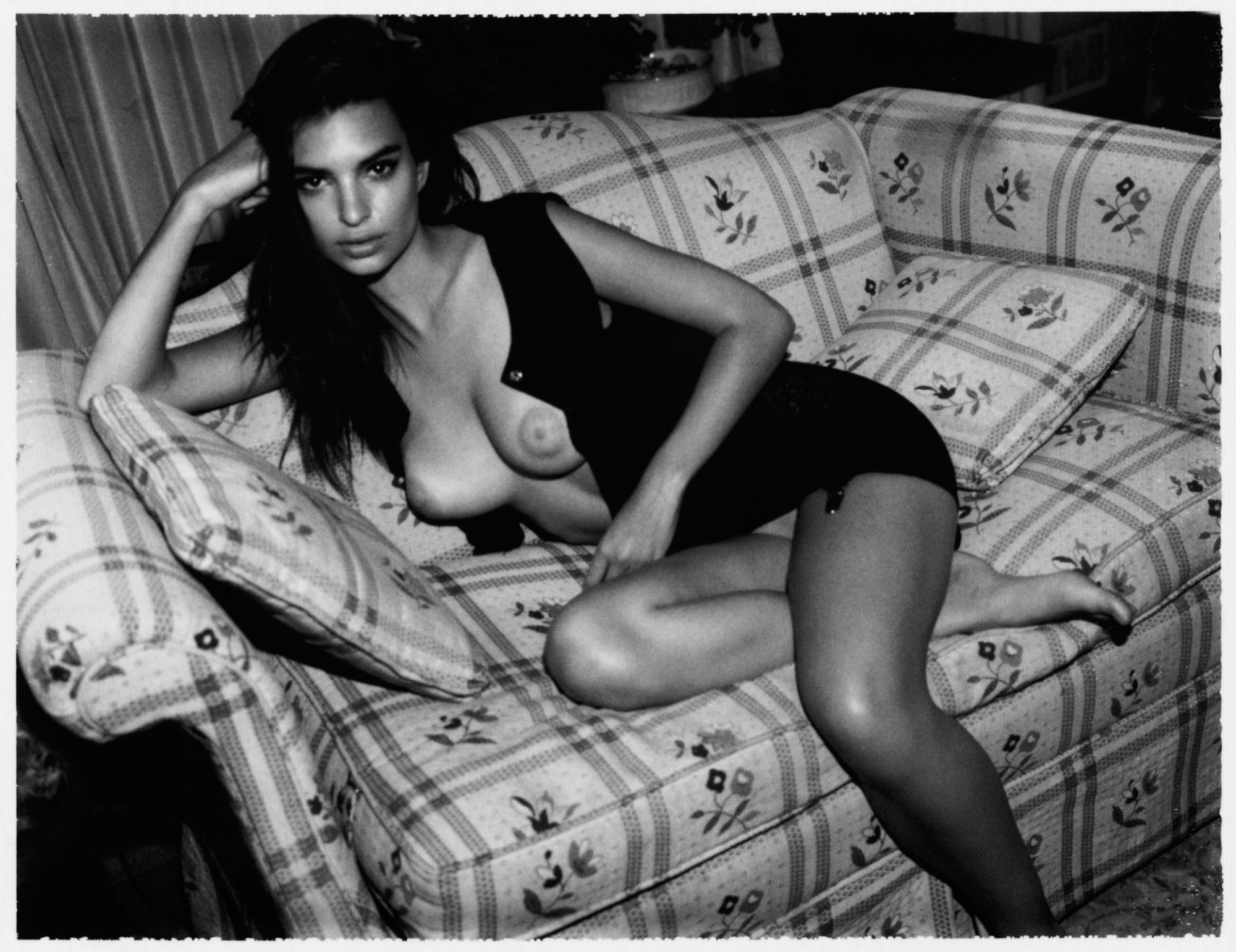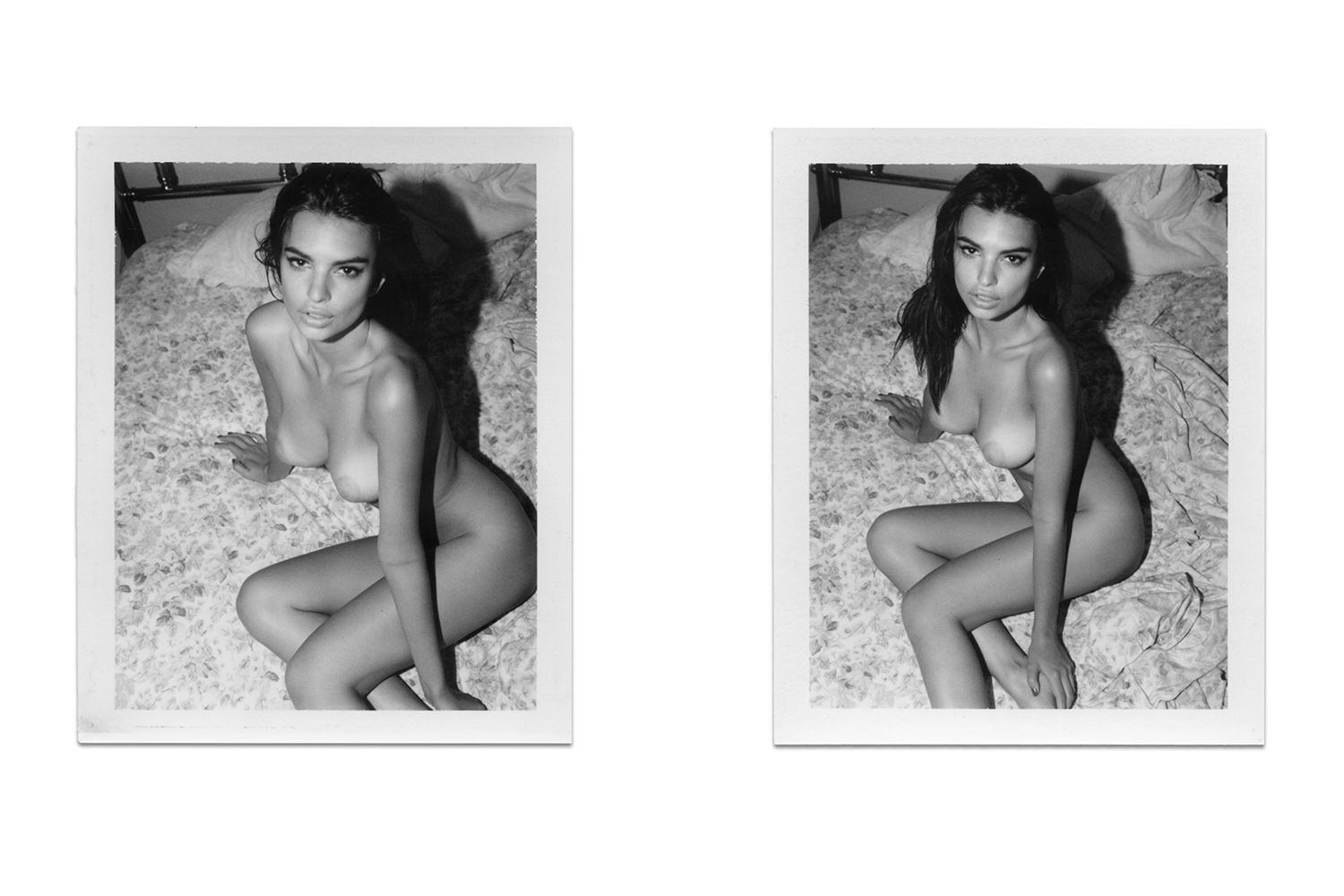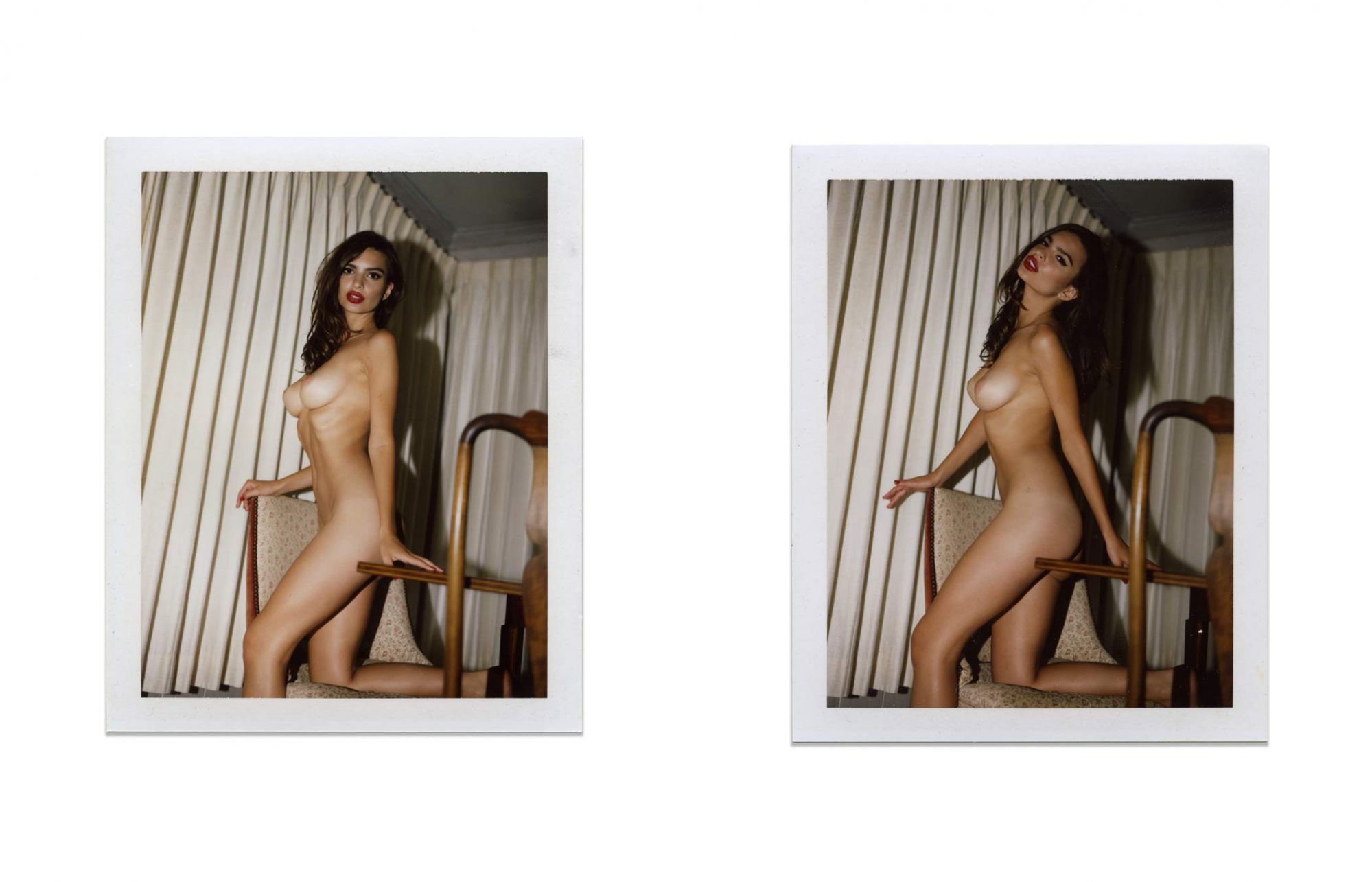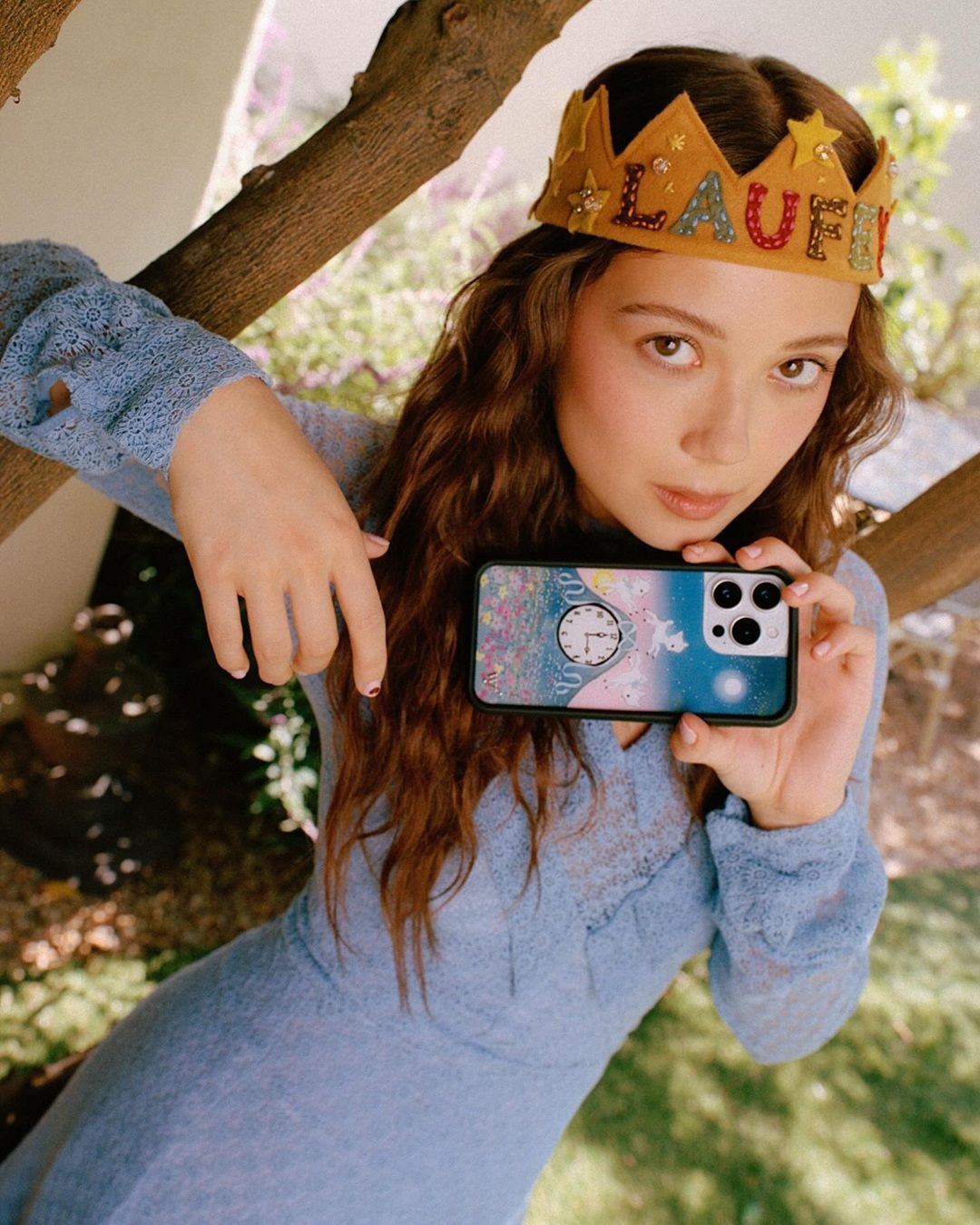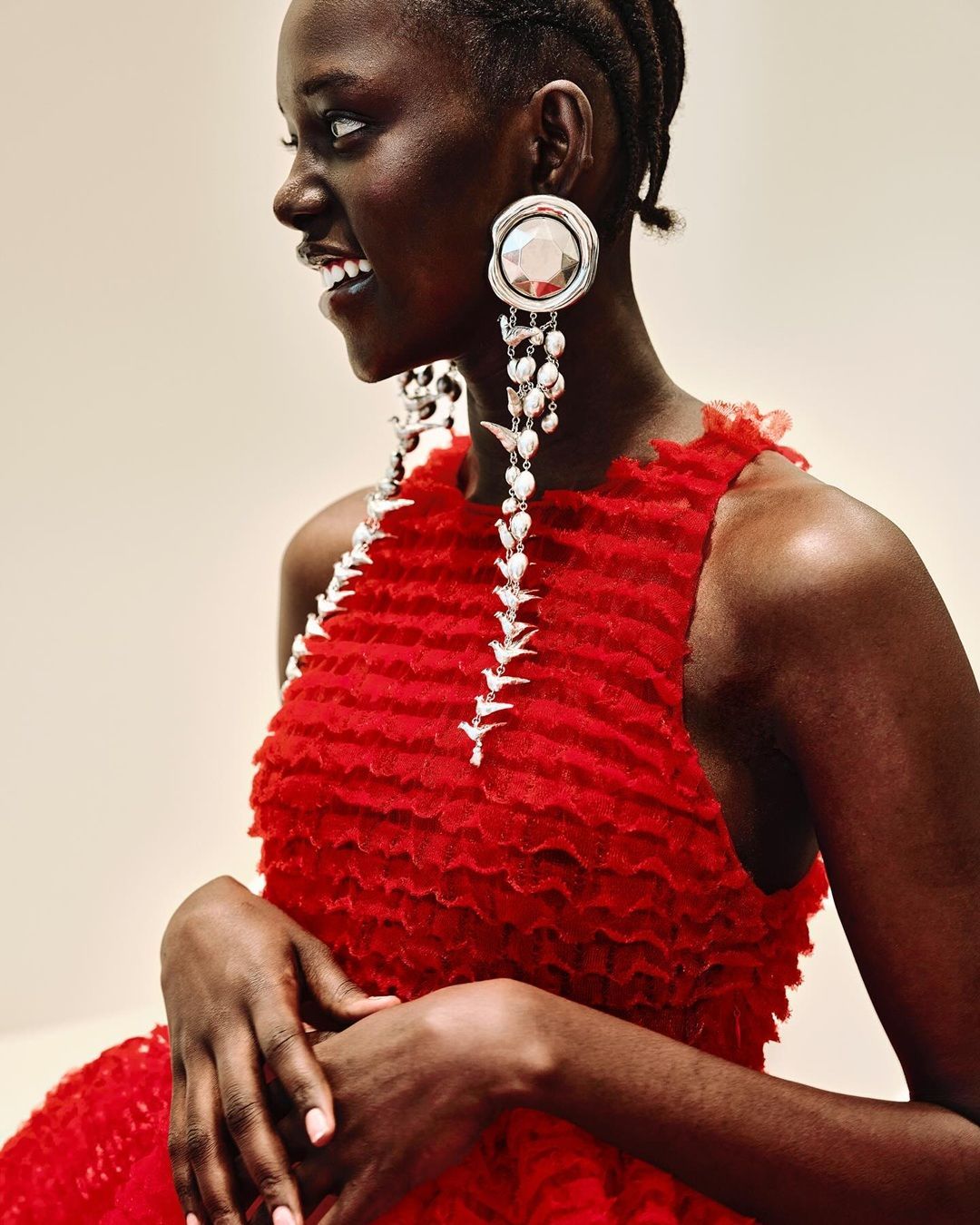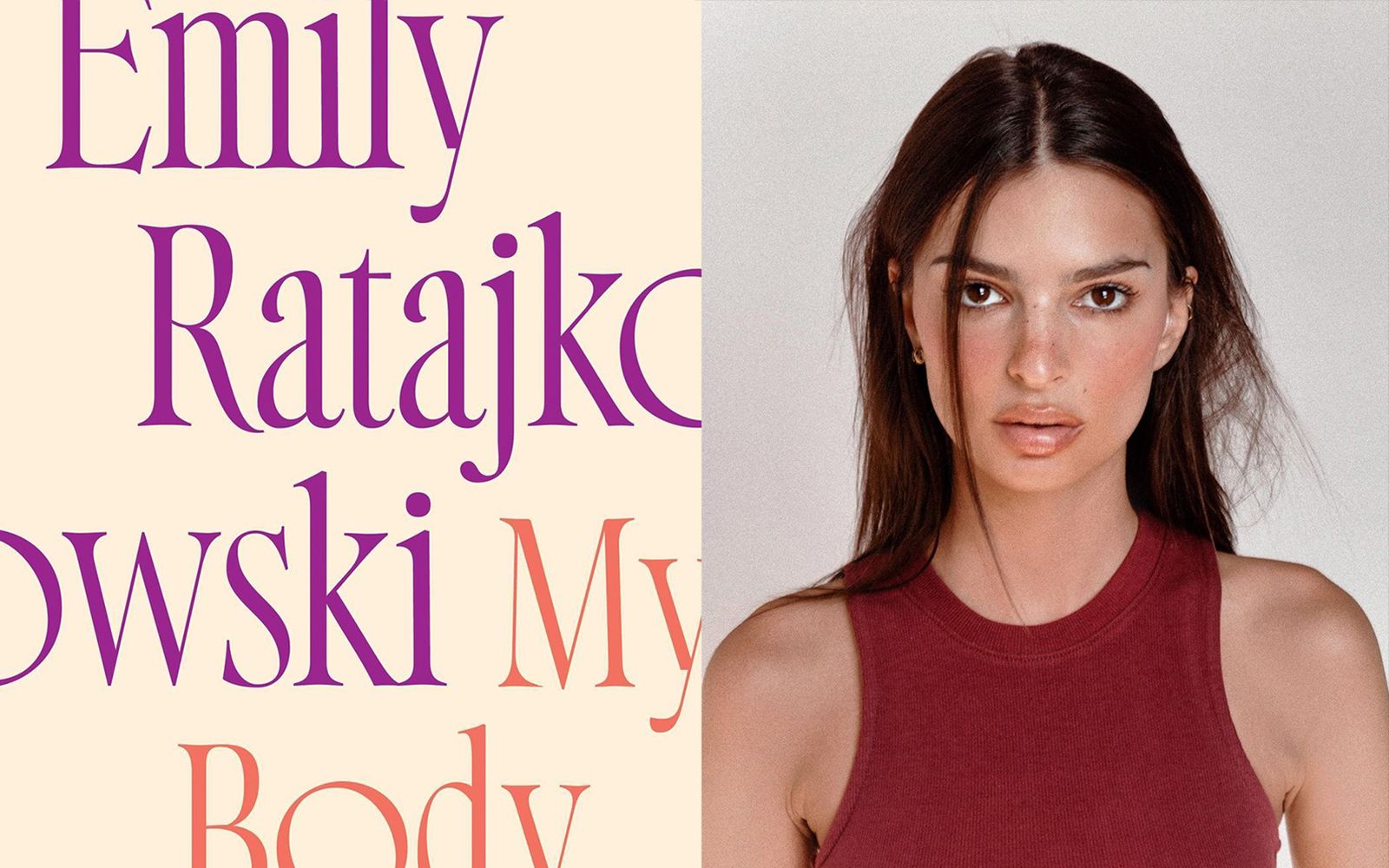
Emily Ratajkowski presents her first book The cover of the book, a collection of essays titled "My Body", was unveiled on her Instagram account
Update 25.02.2021: A few months after the release, on the New York Magazine, of Emrata's essay entitled Buying Myself Back, the model and activist presented her first book, already available for pre-order online. The book is a collection of essays called My Body, and again reflects on the theme of the female body, and on the meaning of being a woman today. We can't wait to find out more, in the meantime you can read the essay Buying Myself Back.
An essay written by Emily Ratajkowski that revolves around themes such as consent, use of the image and the female body was published on the New York Magazine.
In the text entitled Buying Myself Back, Emrata recounts well the paradox of being a public figure who has to deal with seeing her face - and her body - everywhere, even where she didn't think it was possible, or legal. "I’ve become more familiar with seeing myself through the paparazzi’s lenses than I am with looking at myself in the mirror. And I have learned that my image, my reflection, is not my own" writes Ratajkowski.
On the one hand, in fact, there's the lawsuit filed by a paparazzo against the model, who had used an image of the photographer, which portrayed the model outside her home, without his consent in an IG Story. On the other hand, there are three very similar events that testify the quite insane situation in which the Gone Girl actress finds herself. In addition to being the victim of a hacker who leaked her private photos she had sent to her boyfriend at the time, the model tells of the series of works by Richard Prince entitled Instagram Paintings. The artist's installation included a screenshot of a Ratajkowski IG post with Prince's own commentary under it, which was then printed onto a huge canvas. The image posted by Emrata was an excerpt from her first Sports Illustrated shoot, for which she was paid around $150 dollars. Although the painting cost 80 thousand dollars, and at the time Emrata did not have the fame and income she has today, a part of her felt the urge to get hold of that work. After breaking up with her boyfriend at the time, who had contributed to the purchase of Prince's piece, Emrata found herself forced to buy back the same painting, in order not to leave it in the hands of the ex.
I liked the idea of getting into collecting art, and the Prince seemed like a smart investment. But mostly, I couldn’t imagine not having a claim on something that would hang in my home. [...] All these men, some of whom I knew intimately and others I’d never met, were debating who owned an image of me. I was considering my options when it occurred to me that my ex, whom I’d been with for three years, had countless naked pictures of me on his phone.
But the most disturbing account that Emrata gives in the essay is that of a shooting that took place in 2012 in the Catskills, at photographer Jonathan Leder's home. Pushed by her agent, Emrata had agreed to participate in this unpaid shooting for a print magazine she had never heard of, to make a name for herself in the industry and meet its professionals, a common practice in the industry, especially for emerging models.
When he laid out old-fashioned lingerie on a kitchen chair, I began to grasp what type of girl he wanted me to be. My agent hadn’t mentioned that the shoot would be lingerie, but I wasn’t concerned; I’d done countless lingerie shoots before.
After having dinner with the make-up artist hired for the shoot, Leder began shooting several Polaroids of Ratajkowski in lingerie, but not satisfied with the result, and after a few more glasses of wine, they moved on to nude photos.
I’d been shot nude a handful of times before, always by men. I’d been told by plenty of photographers and agents that my body was one of the things that made me stand out among my peers. My body felt like a superpower. I was confident naked — unafraid and proud.
A few months later, a small selection of photos shot that evening was published in that magazine. It was only a few years later that Emrata, reached over the phone by various journalists, learned that Leder was about to publish a photographic book entitled simply Emily Ratajkowski which contained the unpublished images of that evening, the most vulgar and explicit. The legal actions taken by Emrata and her lawyers were useless, despite having proved that the contract signed by the model and her agent stated explicitly that the images had as their intended use only the magazine in question, and nothing else. Not only was the exhibition dedicated to the images contained in the book stormed on the day it opened in New York, but Leder used the other photographs from that evening to put two more books together.
Over the last few years, Ratajkowski has reached a new prominent position in the American cultural debate, championing women's rights during the Women's March, openly attacking Harvey Weinstein, becoming an open supporter of Bernie Sanders in the Democratic primary. This essay adds a new chapter in her curriculum, perhaps the most profound, the one in which she shows herself most vulnerable. There is not only the recount of alleged harassment by Leder, but above all, there is a deeper reflection on her identity as a woman, used to show her body, at ease in her nakedness and being photographed, but that is not protected in any way in the use that is made of those photos, especially without her consent.
In the comments below the New York Mag post, as well as those below @emrata's post, there are many who argue that essentially Emily is making too much ado about nothing when she is the first to post pictures in lingerie or naked on her own IG profile. But this is precisely where the crux of the matter lies: it is Ratajkowki herself who decides what to publish, what to show, when and to whom, at least as far as her platforms are concerned. Leaking her intimate photos, publishing without her consent several books that portray her naked, creating a work of art starting from an image of her, are all violations of her privacy, continuous appropriation of her body, which, although now famous and desired, it remains hers and her alone.






















































